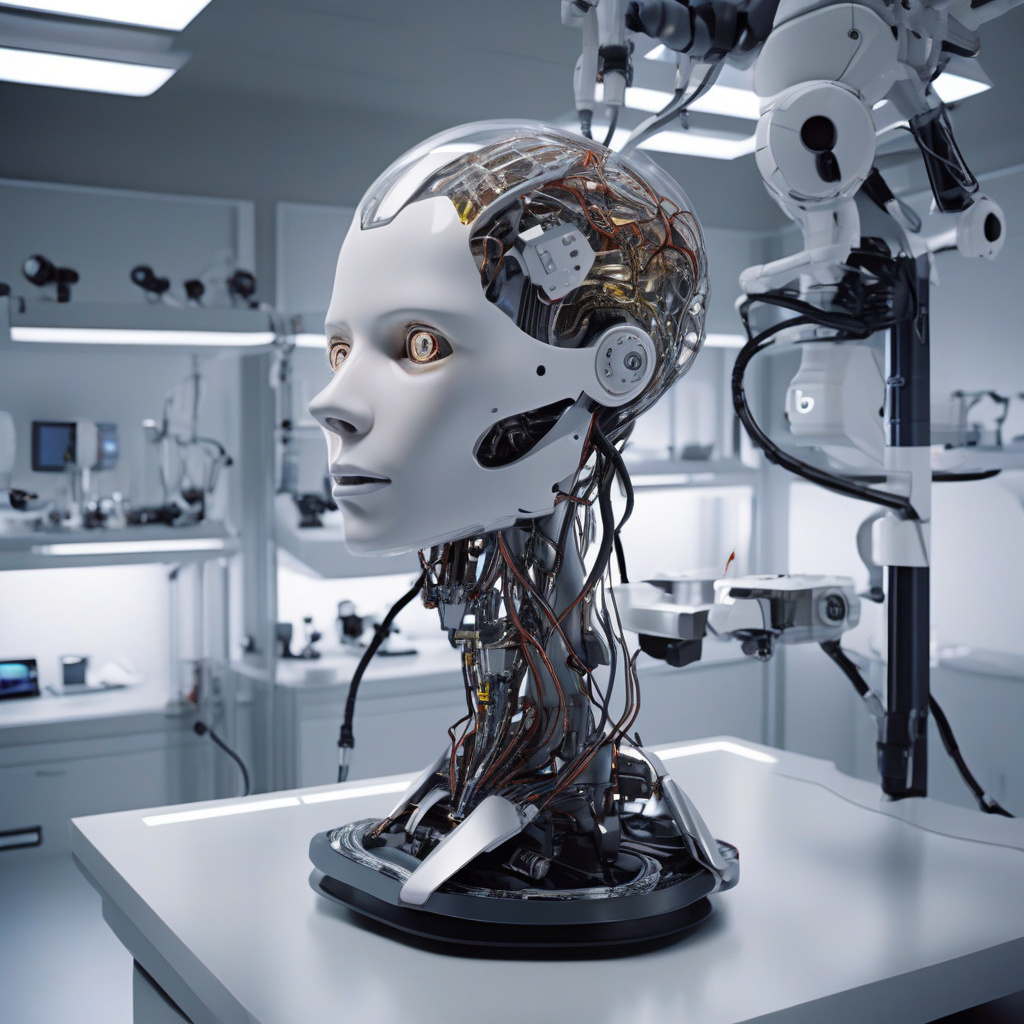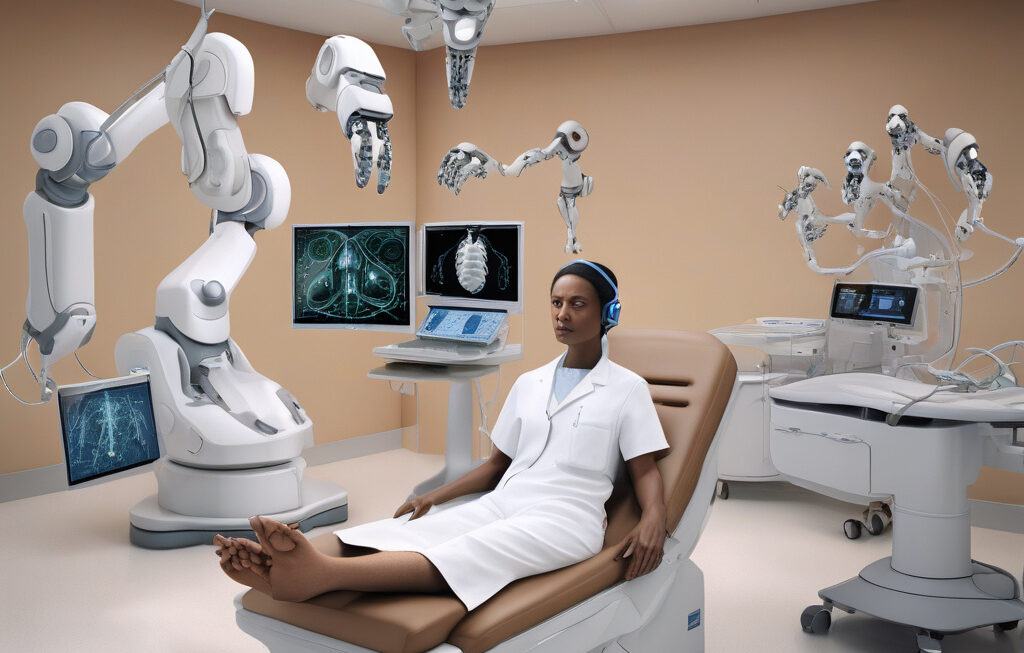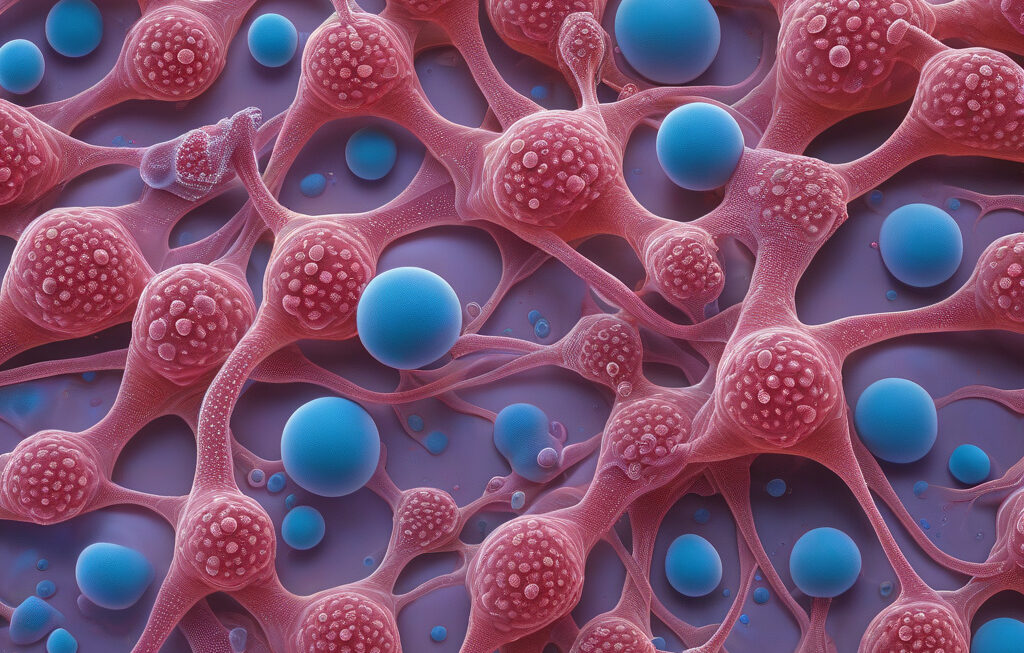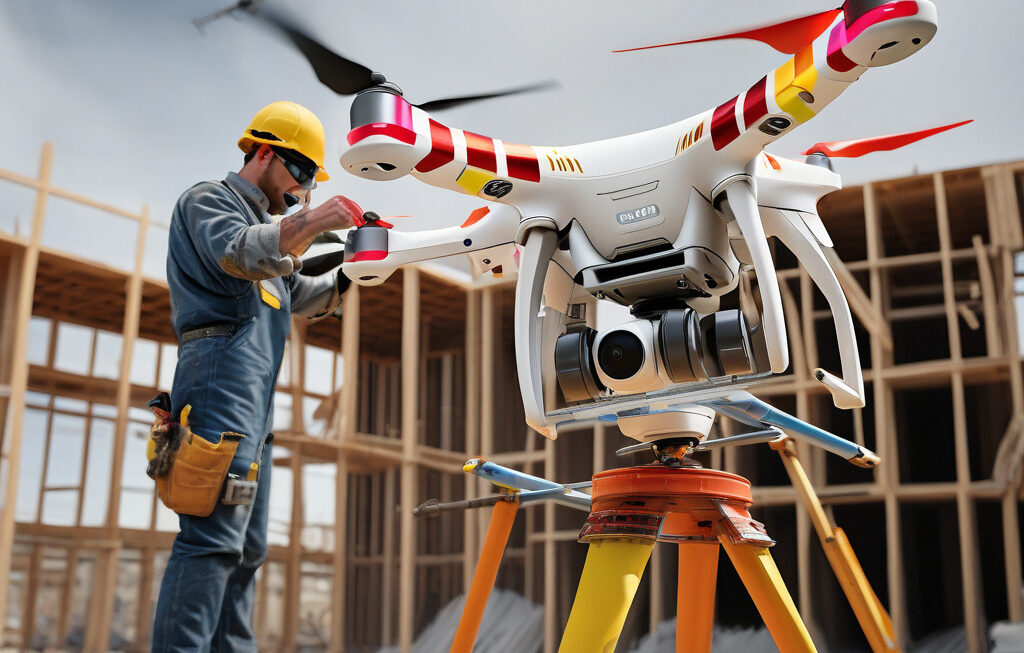Tiny Human-Brain-Like Tech Gives Humanoid Robots Real-Time Seeing and Thinking Power
Researchers have developed an advanced neuromorphic device mimicking how the human brain processes information, marking a significant leap forward in the field of artificial intelligence and robotics. This groundbreaking technology enables humanoid robots to have real-time seeing and thinking capabilities, bringing them one step closer to emulating human cognitive functions.
The neuromorphic device, inspired by the intricate network of neurons in the human brain, functions similarly to a biological brain by processing and transmitting information in parallel. This parallel processing allows for faster decision-making and more efficient data analysis, giving humanoid robots the ability to perceive their surroundings and make sense of the information in real-time.
One of the key advantages of this human-brain-like technology is its ability to adapt and learn from experience. Similar to how the human brain forms connections and learns from new information, the neuromorphic device can continuously update its algorithms based on feedback from the environment. This adaptive learning process enables humanoid robots to improve their cognitive abilities over time, making them more adept at performing complex tasks.
The implications of this technological advancement are vast and far-reaching. Humanoid robots equipped with real-time seeing and thinking capabilities can revolutionize industries such as healthcare, manufacturing, and logistics. In healthcare, these robots can assist medical professionals in diagnosis and treatment planning, leveraging their advanced cognitive abilities to analyze medical images and patient data with precision and speed.
In the manufacturing sector, humanoid robots with real-time cognitive capabilities can enhance automation processes by efficiently handling tasks that require decision-making and problem-solving skills. These robots can work alongside human workers, increasing productivity and streamlining operations in a variety of industries.
Moreover, in the field of logistics, humanoid robots can revolutionize warehouse management and order fulfillment. With their ability to perceive and analyze their environment in real-time, these robots can navigate complex warehouse layouts, locate specific items, and optimize pick-and-pack processes with unparalleled efficiency.
The development of tiny human-brain-like tech for humanoid robots underscores the potential for artificial intelligence to enhance and augment human capabilities in various domains. By mimicking the sophisticated functions of the human brain, researchers are paving the way for a new era of intelligent robotics that can work collaboratively with humans in diverse settings.
As we look to the future, the integration of real-time seeing and thinking capabilities in humanoid robots holds immense promise for improving efficiency, productivity, and innovation across industries. By harnessing the power of neuromorphic technology, we are unlocking a world of possibilities where human-machine collaboration reaches new heights.
In conclusion, the advent of tiny human-brain-like tech for humanoid robots represents a significant milestone in the advancement of artificial intelligence and robotics. With their newfound real-time seeing and thinking power, humanoid robots are poised to transform the way we work, interact, and innovate in the digital age.
humanoid robots, artificial intelligence, neuromorphic technology, real-time cognition, cognitive robotics












